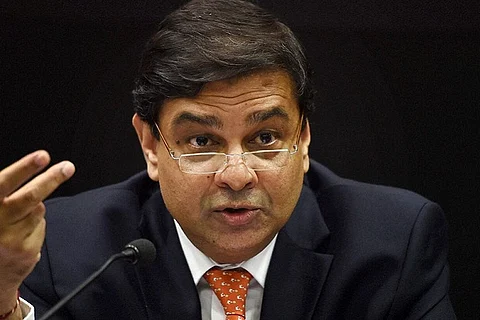

The Reserve Bank of India (RBI), in a crucial board meeting on Monday, is expected to take up issues that have triggered a row between the bank and the government.
In a speech last month, RBI Deputy Governor Viral Acharya made a scathing statement about the independence of the central bank and argued that “governments that do not respect central bank independence will sooner or later incur the wrath of financial markets, ignite economic fire, and come to rue the day they undermined an important regulatory institution”.
In response, Finance Minister Arun Jaitley said that growth must not be throttled by limiting credit availability and liquidity.
The RBI’s central board currently has 18 members, including Governor Urjit Patel and his four deputies as full-time official directors, while the rest have been nominated by the government, including the Economic Affairs and Financial Services Secretaries.
Here are the main points of conflict between the RBI and the Centre:
With IANS inputs